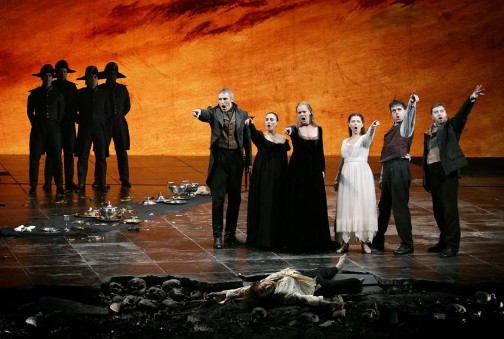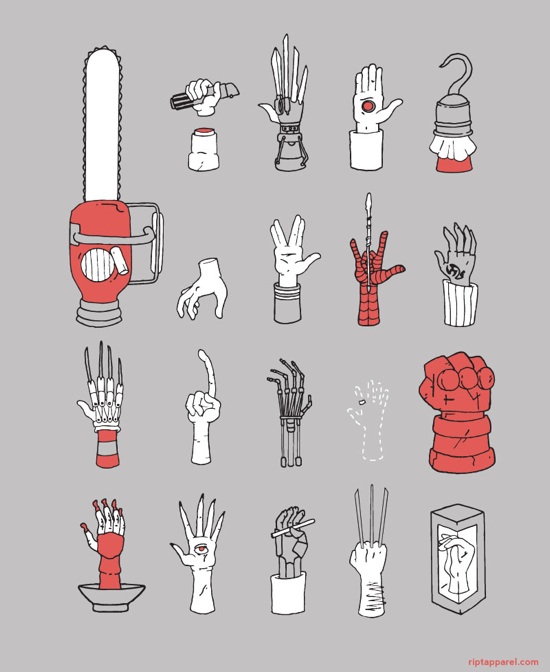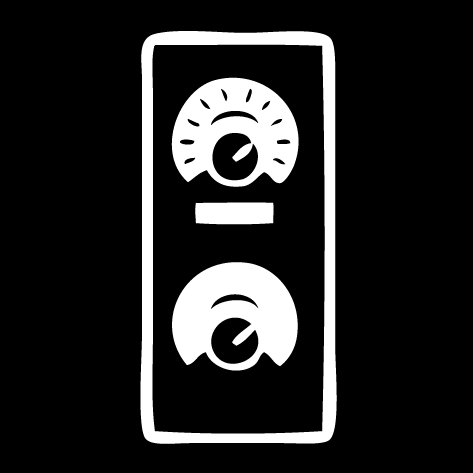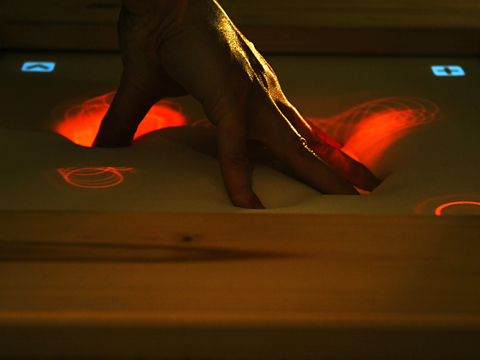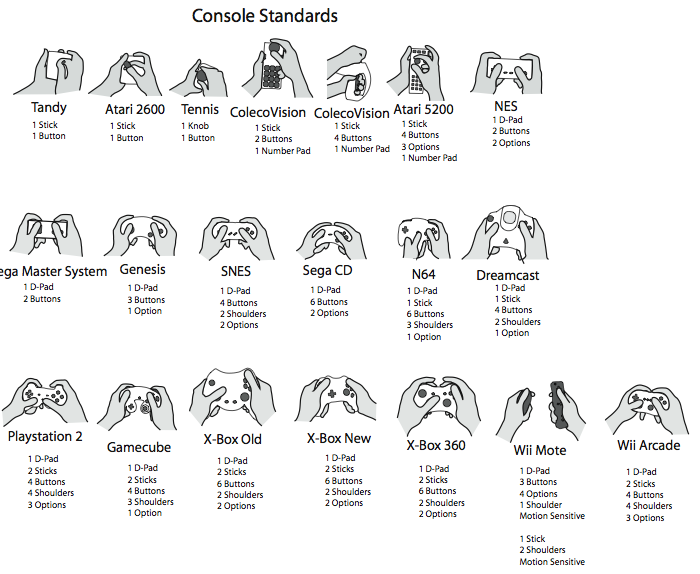art
Wordplay
On 23, Jan 2010 | No Comments | In art, photography | By Dave
It’s what we do.

Kenneth Josephson
Chicago
1988
Midnight snack
On 16, Jan 2010 | No Comments | In art | By Dave

Francis Bacon
One of Three Studies for Figures at the Base of a Crucifixion
c. 1944
Sudden breakthrough
On 08, Jan 2010 | No Comments | In art, photography | By Dave

Lucas Samaras
Photo-Transformation
November 22, 1973
“And reaching up my hand to try, I screamed to feel it touch the sky.”
On 22, Dec 2009 | No Comments | In art, language, tactility | By Dave
Check out this beautiful kinetic typography piece by Heebok Lee:
It’s based on an excerpt of the poem “Renascence” by Edna St. Vincent Millay.
- renascence
- noun
- 1. the revival of something that has been dormant.
- 2. another term for ‘renaissance.’
- (Oxford English Dictionary)
Millay, who wrote the poem when she was only 20 years old, originally called it “Renaissance.” It’s interesting that the two words are so close in meaning and are pronounced almost the same way, but they’re not considered alternate spellings of the same word.
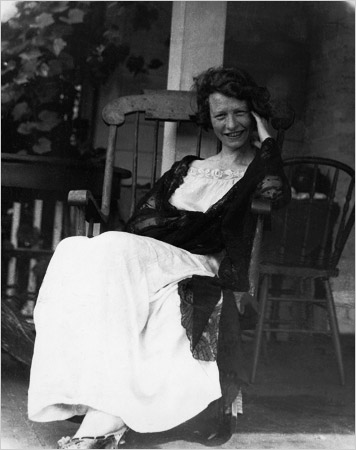 |
Click below to read the poem in its entirety. I highly recommend reading the whole thing.
Read more…
At The Controls
On 06, Dec 2009 | No Comments | In art, music | By Dave
I recently discovered an excellent series of electronic music compilations called At The Controls. The album covers are amazing and relevant too—they are all variations on modified modifiers.
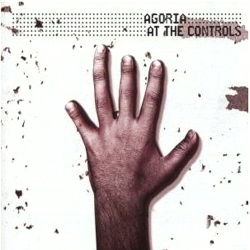
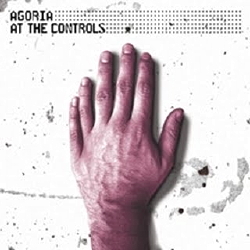
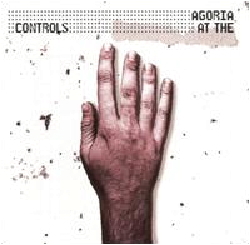
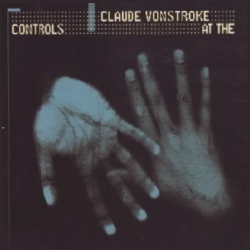
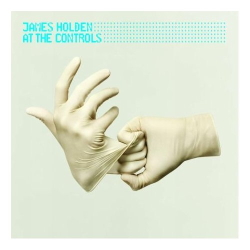

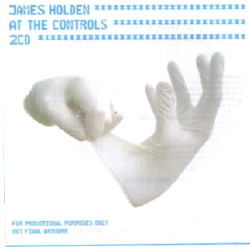
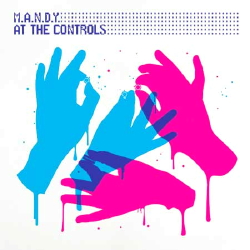

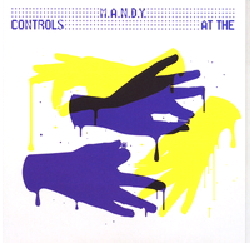
Gradual frolic
On 07, Nov 2009 | No Comments | In art | By Dave
Many more beautiful slow motion videos are available over at Lucid Movement.
Friday night smashup
On 06, Nov 2009 | No Comments | In art, photography | By Dave
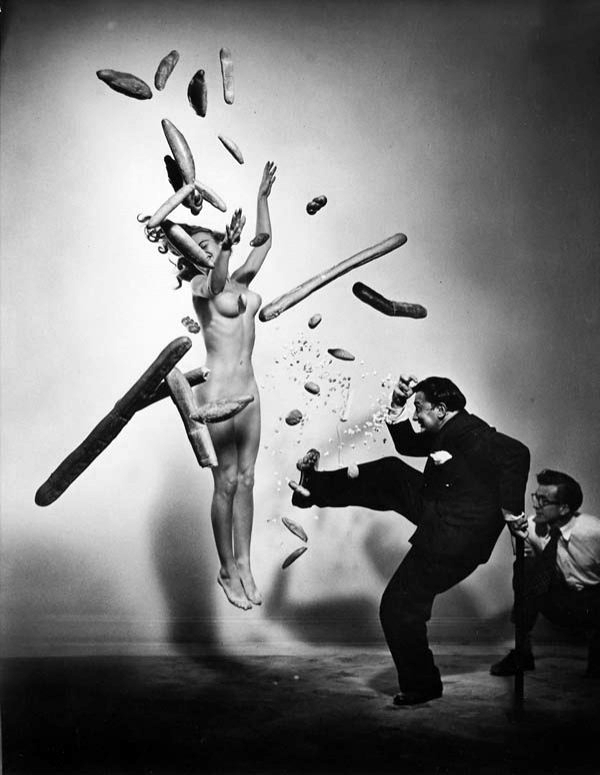
Philippe Halsman
Popcorn Nude
1949
Incredible speaking piano
On 09, Oct 2009 | No Comments | In art, music, perception | By David Birnbaum
A composer named Peter Ablinger has created a jaw dropping sound art piece. He recorded a speech read by a child, analyzed the recording to extract its frequency content, and then mapped it to pitches on an acoustic player piano. My reaction was identical to the one described in the interview: what at first sounds like nonsense comes into perfect focus when you begin reading the text along to the sound. The flip from unintelligibility to clarity is a thrilling experience. Beautiful, beautiful work!
Touch the paintings in the Met
On 07, Oct 2009 | No Comments | In art, tactility | By David Birnbaum
Hoping to boost attendance and broaden its base of supporters, the Metropolitan Museum of Art launched a new initiative this week that allows patrons, for the first time ever, to prod and scratch at the classic paintings in its revered collection.
…
“You can’t grasp the brilliance of a great painting just by looking at it… To truly appreciate fine art, you need to be able to run your fingers over its surface and explore its range of textures.”
…
The new policy has been so popular that on Monday the Met began extending tactile privileges beyond its paintings. Patrons are now invited to climb inside ancient Egyptian sarcophagi, whether to take a souvenir photo or just carve a message into a 2,500-year-old sacred coffin.
…
Some, however, remained unimpressed.“I touched a crapload of Jasper Johns’ paintings,” said Mark Bennet, 67. “I just don’t get why they’re supposed to be so special. They feel like any regular old painting.”
Stop crying and cursing! It’s an Onion article.
Phpwned
On 06, Oct 2009 | No Comments | In art, photography | By David Birnbaum

San Francisco, California.
Con-fusion
On 27, Sep 2009 | No Comments | In art, language | By David Birnbaum
I recently posted a review of the book Merleau-Ponty’s Philosophy by Lawrence Hass. On two occasions Hass broke up a familiar word with a hyphen in order to make the word’s etymology more obvious. The first was “organ-ize,” which I posted about here. He pulled the same trick when writing “con-fusion”:
[The solution to a problem] doesn’t merely restate what is already given, but rather demands “crystallizing insight” through which some meaning-possibility suddenly “reorganizes” and “synchronizes” what was before a con-fusion of meaning, a problem to be solved. (l. 2285)
So what does it mean to be “confused”?
adj. 1a. being perplexed or disconcerted. 1b. disoriented with regard to one’s sense of time, place, or identity. 2. indistinguishable. 3. being disordered or mixed up (Merriam-Webster)
The history of the word confuse is, in a word, confused…. [The verb] confuse was derived c.1550, with the literal sense “mix or mingle things so as to render the elements indistinguishable.” In the active, figurative sense of “discomfit in mind or feeling,” confuse is only recorded from 1805. This activity could have been expressed before that by native constructions like dumbfound and flabbergast, or by confound. (Online Etymology Dictionary)
In the Wikipedia entry for Mental Confusion, someone has posted this image, in which there are indeed two distinct elements that are intermingled so as to render each one harder to distinguish:
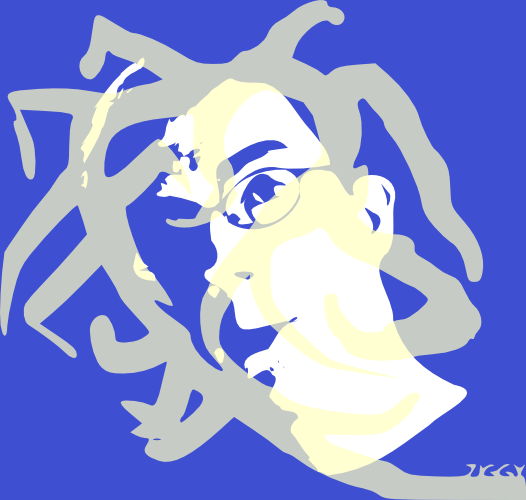
"The modified modifier"
On 14, Sep 2009 | 2 Comments | In art, neuroscience | By David Birnbaum
I recently found a mysterious and intriguing blog called Art Is Dead Long Live Art. The author, Erin Voth, explores transmutations of hand and touch.
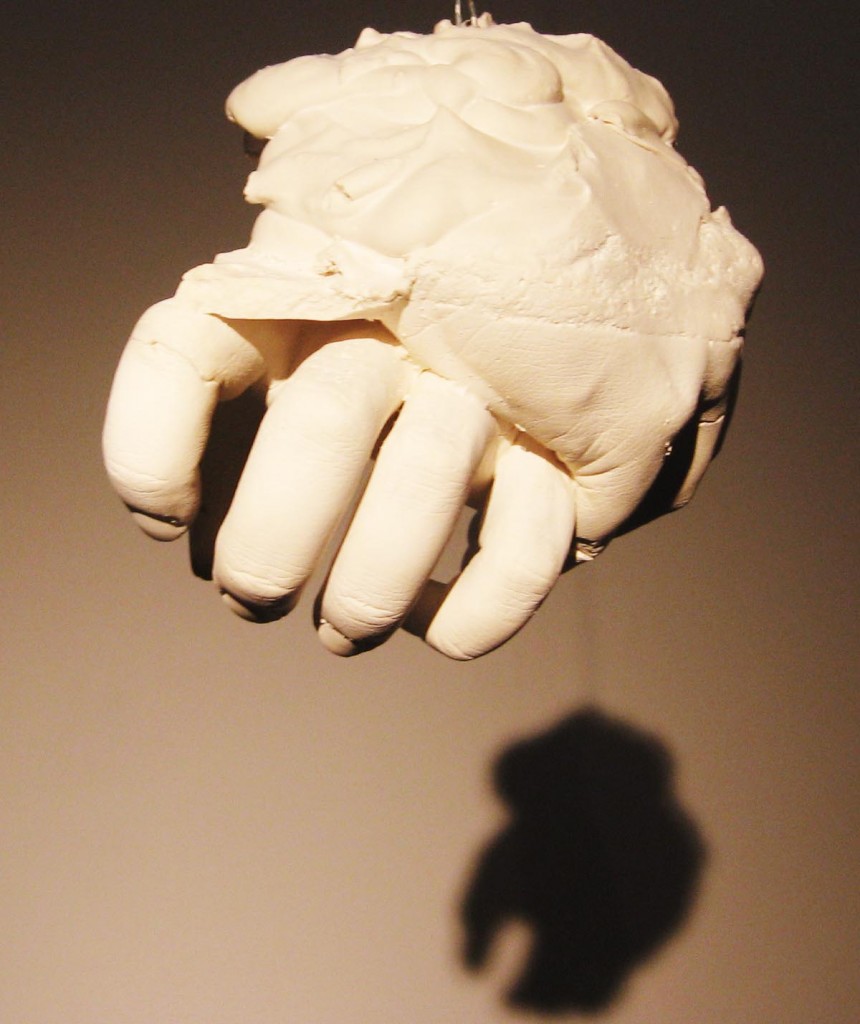
Hands are the chief organs for physically manipulating the environment. The fingertips contain some of the densest areas of nerve endings in the human body, creating the richest source of tactile feedback to the brain. The image of a human hand is automatically associated with the scene [sic] of touch. So what happens when an image of a human hand is manipulated, sliced up and rearranged?
The modified modifier invokes images of self mutilation, alteration and airbrushing.
…The somatosensory system is a widespread and diverse sensory system comprising of the receptors and processing centres to produce the sensory modalities touch, temperature, body position, and pain. The sensory receptors cover the skin and epithelia, skeletal muscles, bones and joints, internal organs, and the cardiovascular system. While touch is considered one of the five traditional senses the impression of touch is formed from several modalities.
The system reacts to diverse stimuli using different receptors: temperature, mechanical and chemical. Transmission of information from the receptors passes via sensory nerves through tracts in the spinal cord and into the brain. Processing primarily occurs in the primary somatosensory area in the parietal lobe of the cerebral cortex.
At its simplest, the system works when a sensory neuron is triggered by a specific stimulus such as heat; this neuron passes to an area in the brain uniquely attributed to that area on the body—this allows the processed stimulus to be felt at the correct location. The mapping of the body surfaces in the brain is called a homunculus and is essential in the creation of a body image.
…
[James] Gibson and others emphasized the close link between haptic perception and body movement: haptic perception is active exploration. The concept of haptic perception is related to the concept of extended physiological proprioception according to which, when using a tool such as a stick, perceptual experience is transparently transferred to the end of the tool.
The haptics of trees
On 01, Sep 2009 | One Comment | In art, photography | By David Birnbaum
The haptic mark—in whatever form it takes—gives us a rendering of a sensual apprehension of space. The marks it makes are fluid. Within any combination of marks we witness the incisions of a particular history. The group of wrinkles in an aging person’s face, or the apparent cracks and scars on the bark of a tree’s trunk. These incisions—these haptics—are one of the ways in which we may publicly and intimately witness the pace, rhythm, the shape and character of an historical record.
Steven Vincent posts a photographic study of San Francisco sycamore trees.
The Hand
On 04, Jun 2009 | One Comment | In art, books, cognition, neuroscience, physiology, tactility | By David Birnbaum
 The Hand by Frank Wilson is a rare treat. It runs the gamut from anthropology (both the cultural and evolutionary varieties), to psychology, to biography. Wilson interviews an auto mechanic, a pupeteer, a surgeon, a physical therapist, a rock climber, a magician, and others—all with the goal of understanding the extent to which the human hand defines humanness.
The Hand by Frank Wilson is a rare treat. It runs the gamut from anthropology (both the cultural and evolutionary varieties), to psychology, to biography. Wilson interviews an auto mechanic, a pupeteer, a surgeon, a physical therapist, a rock climber, a magician, and others—all with the goal of understanding the extent to which the human hand defines humanness.
Wilson is a neurologist who works with musicians who have been afflicted with debilitating chronic hand pain. As he writes about his many interviews, a few themes emerge that are especially relevant to our interests here.
Incorporation
Incorporation is the phenomenon of internalizing external objects; it’s the feeling that we all get that a tool has become one with our body.
The idea of “becoming one” with a backhoe is no more exotic than the idea of a rider becoming one with a horse or a carpenter becoming one with a hammer, and this phenomenon itself may take its origin from countless monkeys who spent countless eons becoming one with tree branches. The mystical feel comes from the combination of a good mechanical marriage and something in the nervous system that can make an object external to the body feel as if it had sprouted from the hand, foot, or (rarely) some other place on the body where your skin makes contact with it…
The contexts in which this bonding occurs are so varied that there is no single word that adequately conveys either the process or the many variants of its final form. One term that might qualify is “incorporation”—bringing something into, or making it part of, the body. It is a commonplace experience, familiar to anyone who has ever played a musical instrument, eaten with a fork or chopsticks, ridden a bicycle, or driven a car. (p. 63)
Projection
Projection is the ability to use the hand as a bridge for projecting consciousness from one location to another. (Wilson did not use the word “projection” in the book.) In some ways, projection can be seen as the opposite of incorporation. Master puppeteer Anton Bachleitner:
It takes at least three years of work to say you are a puppeteer. The most difficult job technically is to be able to feel the foot contact the floor as it actually happens. The only way to make the puppet look as though it is actually walking is by feeling what is happening through your hands. The other thing which I think you cannot really train for, but only can discover with very long practice and experience, is a change in your own vision.The best puppeteer after some years will actually see what is happening on the stage as if he himself was located in the head of the puppet, looking out through the puppet’s eyes—he must learn to be in the puppet. This is true not only in the traditional actor’s sense, but in an unusual perceptual sense. The puppeteer stands two meters above the puppet and must be able to see what is on the stage and to move from the puppet’s perspective. Moving is a special problem because of this distance, because the puppet does not move at the same time your hand does. Also, there can be several puppets on the stage at the same time, and to appear realistic they must react to each other as they would in real life. So again the puppeteer must himself be mentally on the stage and able to react as a stage actor would react. This is something I cannot explain, but it is very imprortant for a puppeteer to be able to do this. (pp. 92–93)
Serge Percelly, professional juggler:
[An act is successful] not because you put something in the act that’s really difficult, but because you put something in the act in exactly the right way—in a way that makes it more interesting, not only for me but for the audience as well. I’m just trying somehow to do the act that I would have loved to see. (p. 111)
Skill
Wilson is a musician and a doctor to musicians, so he has special insight into the neurology of musical skill—which he recognizes as special case of manual skill that involves gesture, communication, and emotion.
Musical skill provides the clearest example and the cleanest proof of the existence of a whole class of self-defined, personally distinctive motor skills with an extended training and experience base, strong ties to the individual’s emotional and cognitive development, strong communicative intent, and very high performance standards. Musical skill, in other words, is more than simply praxis, ordinary manual dexterity, or expertness in pantomime. (p. 207)
The upper-limb (or “output”) requirements for an instrumentalist are not unique either; they depend upon the possession of arms, fingers, and thumbs, specific but idiosyncratic limits on the rage of motion at the shoulder, elbow, wrist, hand, and finger joints, variable abilities to achieve repetition rates and forces with specific digital configurations in sequence at multiple contact points on a sound-making device, and so on. Peculiarities in the physical configuration and movement capabisities of the musician’s limbs can be an advantage or disadvantage but are reflected in (and in adverse cases can be overcome through) instrument design: How wide can you make the neck of a guitar? How far apart should the keys be on a piano? Where should the keys be placed on a flute—in general? and for Susan and Peter? (p. 225)
Awareness
Touch experience can be a gateway to awareness, which can in turn heal both the mind and the body. Moshe Feldenkrais invented a form of physical therapy that focuses on stimulating an awareness of touch and movement sensations in order to relieve pain.
Most people slouch, tilt, shuffle, twist, stumble, and hobble along. Why should that be? Was there something wrong with their brains? After considering what dancers and musicians go through to improve control of their movements, [Feldenkrais] guessed that people must either be ignorant of the possibilities or refuse to act on them. So they just heave themselves around, lurching from parking place to office to parking place, utterly oblivious to what they are doing, to their appearance, and even to the sensations that arise from bodily movement. He suspected that people just lose contact with their own bodies. If and when they do notice, it is because they are so stiff that they can’t get out of bed or are in so much pain that they can barely get out of a chair. Then they start noticing…
What [Feldenkrais] was doing did not seem complicated. The goal of the guided movements was not to learn how to move, in the sense of learning to do a new dance step. The goal was not to stretch ligaments or muscles. It was not to increase strength. The goal, as he saw it, was to get the messages moving again and to encourage the brain to pay attention to them. (p. 244)
And his student, Anat Baniel, on the deep psychological roots of movement disorders:
I think working with children has given me this idea, which isn’t often discussed in medicine: a lot of disease—medical disease and emotional “dis-ease”—is an outcome of a lack of full development. It’s not something we can get to just by removing a psychological block…
Of course there are problems due to traumatic events in childhood, or disease—you name it. Feldenkrais said that ideal development would happen if the child was not opposed by a force too big for its strength. When you say to a small child, “Don’t touch that, it’s dangerous!” you create such a forceful inhibition that you actually distort the child’s movement, and growth, in a certain way.
Feldenkrais taught us to look for what isn’t there. Why doesn’t movement happen in the way that it should, given gravity, given the structure of the body, given the brain? For all of us there is a sort of sphere, or range, of movement that should be possible. Some people get only five or ten percent of that sphere, and you have to ask, “What explains the difference between those who get very little and those who get a lot?” Feldenkrais said that the difference is that in the process of development, the body encountered forces that were disproportionate to what the nervous system could absorb without becoming overinhibited—or overly excited, which is a manifestation of the same thing. (p. 252)
Feldenkrais’s approach is fascinating, but there is scant discussion in Wilson’s book about the role of the therapist’s hand in this process. After all, this kind of therapy is wholly reliant on an accidental discovery: that the patient can be made aware of her own body through an external, expert hand radiating pressure and heat. How is this possible? The topic isn’t explored.
There are many, many wonderful things to learn from this book for anyone with an interest in biology, art, music, history, or sports. You can find Frank Wilson on the web at Handoc.com
Music for the deaf and hard of hearing
On 13, Apr 2009 | No Comments | In art, music | By David Birnbaum
Cool animation of hand anatomy
On 06, Feb 2009 | No Comments | In art, physiology | By David Birnbaum

From Primal Pictures, makers of awesome anatomy models.
Drawings of video game interfaces
On 20, Dec 2008 | No Comments | In art, interfaces | By David Birnbaum
Some nice drawings of console and handheld consumer video game interfaces:

The full image can be found here (PDF, 580 KB), credited to Damien Lopez.
(via Pasta&Vinegar)
Brain-computer-tactor chair
On 20, Jun 2008 | No Comments | In art | By David Birnbaum
Shown last month at MoMA, the Mind Chair:
A movie camera is attached to an enhanced grid of 400 solenoids installed in the back of the Mind Chair. People are able to sit in the chair, close their eyes and concentrate on the images which are vibrated into their backs by the solenoids.
Also check out the variant called Mind Chair Polyprop, which seems like an effort to make a more practical, mass-producible version.
(via Dezeen)
